Inada, or young yellowtail, is a beloved fish in Japan, prized for its light flavor and versatility in dishes like sushi and sashimi. Learning about this fish offers a deeper look into the country’s rich food culture. In this article, we’ll explore what makes this dish special, its nutritional benefits, and how it’s enjoyed across Japan. So keep reading to discover why this fish is such a favorite!
What is Inada?
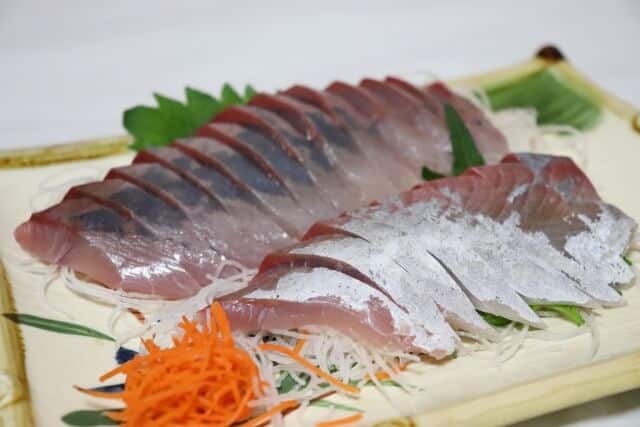
Inada is the name for yellowtail in the growing stage, referring to fish that are 20-30cm long and used in the Kanto region. In the Kanto region, it was generally called “inada,” and in the Kansai region, “hamachi,” but in recent years there has been a tendency to distinguish between farmed yellowtail and wild yellowtail, calling them “hamachi” and “inada.”
Origin of Inada
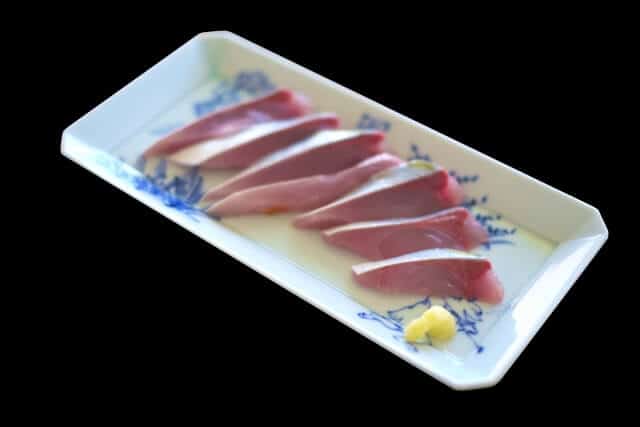
Yellowtail is the most commonly farmed fish in Japan, with farming beginning as early as 1927. Since the 1960s, yellowtail farming has grown rapidly, making the fish more affordable. By 2016, 57% of the yellowtail sold in Japan was farmed, with 140,000 tons farmed annually compared to 100,000 tons caught in the wild.
Originally, “hamachi” was the name used in the Kansai region for the younger yellowtail stages known as warasa. However, when farmed yellowtail from Kagawa Prefecture, where yellowtail farming began, was shipped to the Kanto region, it was also labeled as “hamachi.” This led to the Kanto region adopting the term “hamachi” for farmed yellowtail, while “inada” referred to wild yellowtail. So, in short, farmed yellowtail of medium size is often called “hamachi.”
Where and when inada is produced?
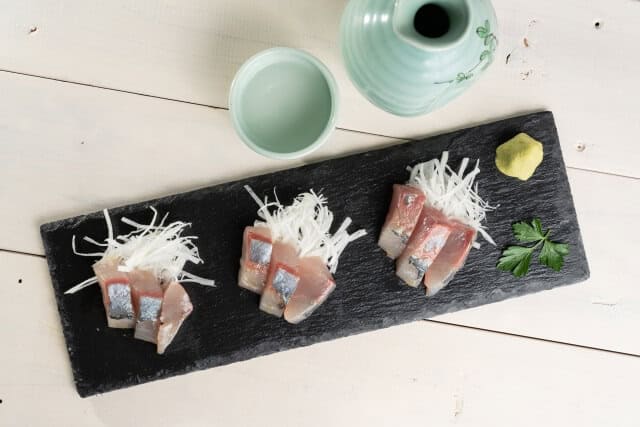
The kanji for inada is “autumn” with the fish radical. As these kanji indicate, yellowtail is in season from summer to autumn. It is characterized by being available earlier than yellowtail, which is in season in winter. The main production areas are widespread, from Hokkaido, Aomori, and Niigata to Toyama and Kyoto, as well as Wakayama and Nagasaki.
The name changes depending on the size
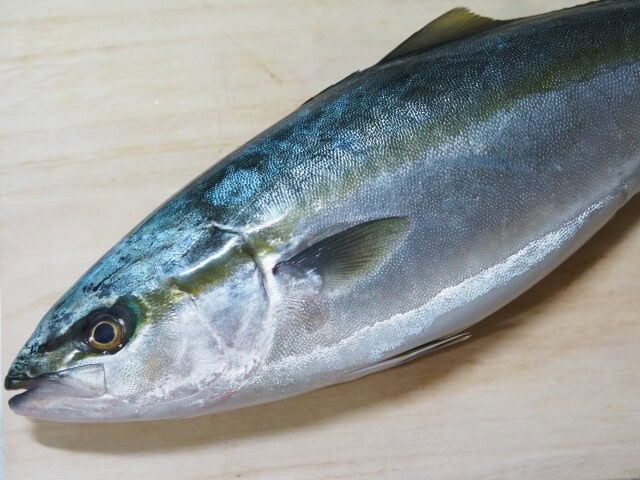
Inada, a young yellowtail, goes through several name changes as it grows:
- Mojako/Jako (fry)
- Wakashi/Tsubasu (under 35cm)
- Inada (35-60cm)
- Warasa (60-80cm)
- Buri (over 80cm)
Note that names and size criteria may vary slightly by region. In the Kansai area, “hamachi” is also a common term.
Seasonal availability
- Spring inada: April to June
- Autumn inada: September to November
Autumn inada is particularly prized for its rich fat content. Inada grows quickly, and its taste and fat content change with the seasons. From spring to summer, it has a relatively light flavor, while from autumn to winter, it becomes richer and more flavorful due to increased fat content. These details may vary slightly depending on the region and sea conditions, but they serve as a general guide. References:
How to eat fatty inada
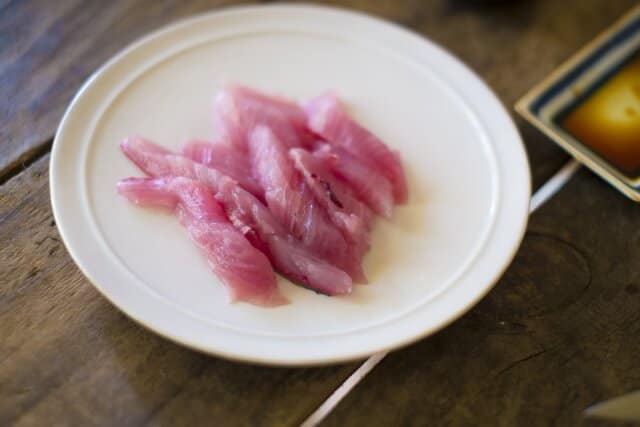
Sashimi | Tastes better after letting it sit for a few days
If you catch a good-sized fatty one, you can let it sit for 1 to 3 days before eating it as sashimi. Yellowtail, which is around 60cm long and just a step away from Warasa, may become more delicious if you let it sit for a few days.
Teriyaki
Fatty inada can be cooked in the same way as farmed yellowtail and Buri and is delicious. Speaking of yellowtail, it’s teriyaki. Delicious yellowtail is also delicious when cooked in teriyaki.
Grilled fish with salt
If you are going to grill inada with salt, we recommend using the collar part. Sprinkle with plenty of salt and enjoy while it’s still hot.
Nutritional Benefit of Inada
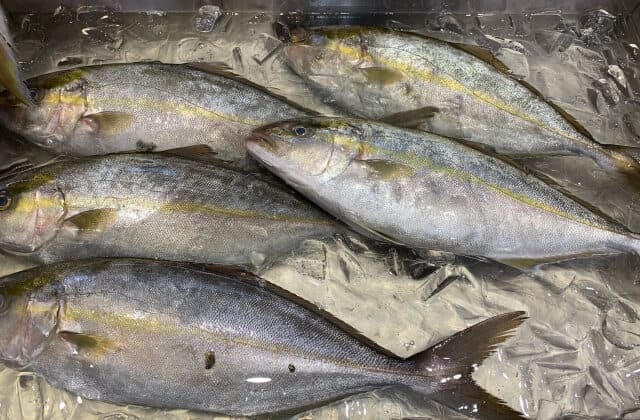
Inada, or young yellowtail, is a nutritious fish that provides high-quality protein, heart-healthy omega-3 fatty acids, and essential vitamins like Vitamin D and B12. It’s also rich in minerals such as selenium and iodine, which support the immune system and thyroid function. Additionally, yellowtail is low in calories, making it a healthy choice for those looking to maintain a balanced diet.
FAQ
- Why the name Inada is the same in Kanto and Kansai but called differently in each region
The separate development of Edo (Tokyo) and Osaka during the Edo period gave rise to a unique culture and language.
- What is the recommended way to eat Inada?
Fresh ones are sliced thinly as sashimi and served with wasabi and soy sauce. You can also enjoy a refreshing taste by grilling it with the skin on and serving it with condiments and ponzu (Japanese sauce made from ponzu citrus juice). Teriyaki (teriyaki) is a perfect match for the sweet and spicy sauce, making it an ideal side dish for rice. For a healthier option, steam the fish and add ponzu (Japanese sauce made from ponzu citrus juice) or sesame sauce. Furthermore, if you make arajiru soup with the fish, you can enjoy the deep flavor of the fish simmered with radish and komatsuna.
Takeaway
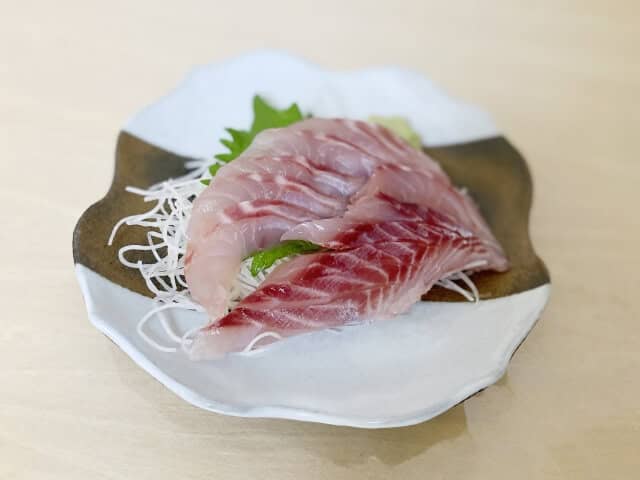
Inada is a popular fish in Japanese cuisine, prized for its light and delicate flavor. This versatile fish can be enjoyed in a variety of ways, with sushi, sashimi and grilled preparations being among the most common. In addition to its flavor, It is prized for its nutritional benefits, providing a good source of protein and omega-3 fatty acids. Whether served in a casual sushi restaurant or a fine dining establishment, The yellow tail showcases the quality and variety of Japanese seafood. Its widespread appeal in Japan underscores the country’s deep appreciation for fresh, flavorful fish. For those exploring Japanese cuisine, Inada offers a delicious introduction to the rich world of Japanese seafood, embodying both tradition and culinary excellence.
You can check some Japanese seafood dishes that we know you would like to try too.
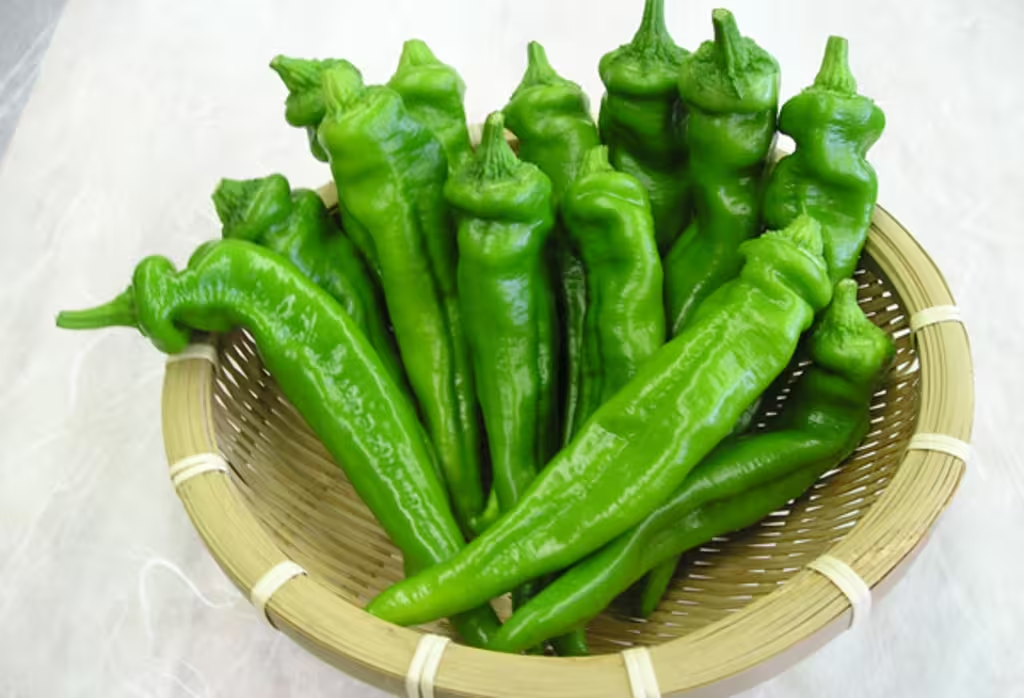
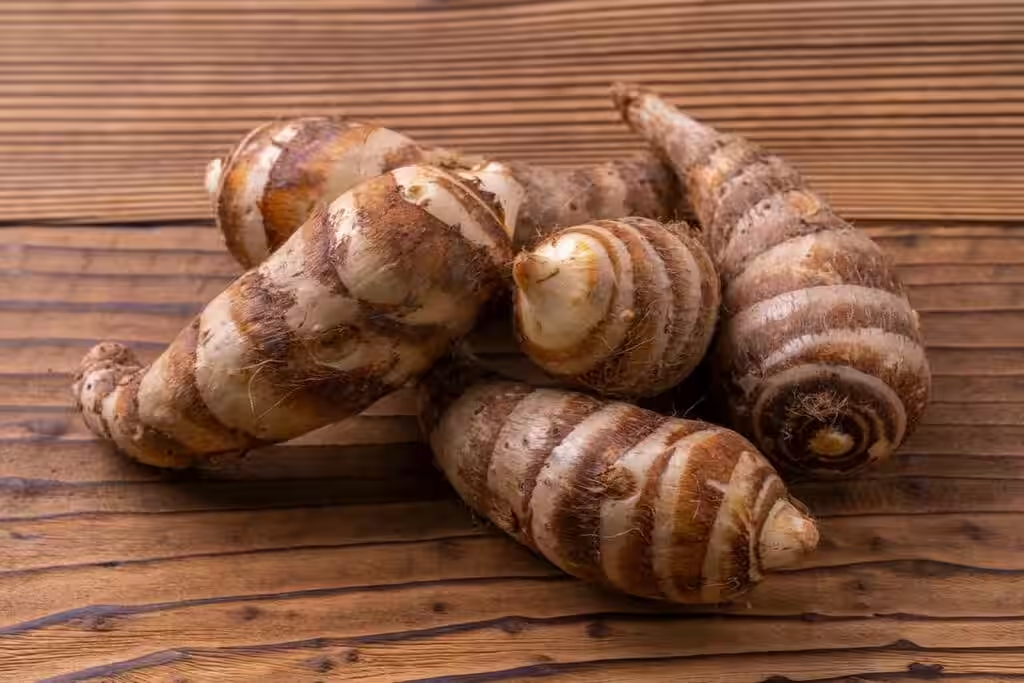
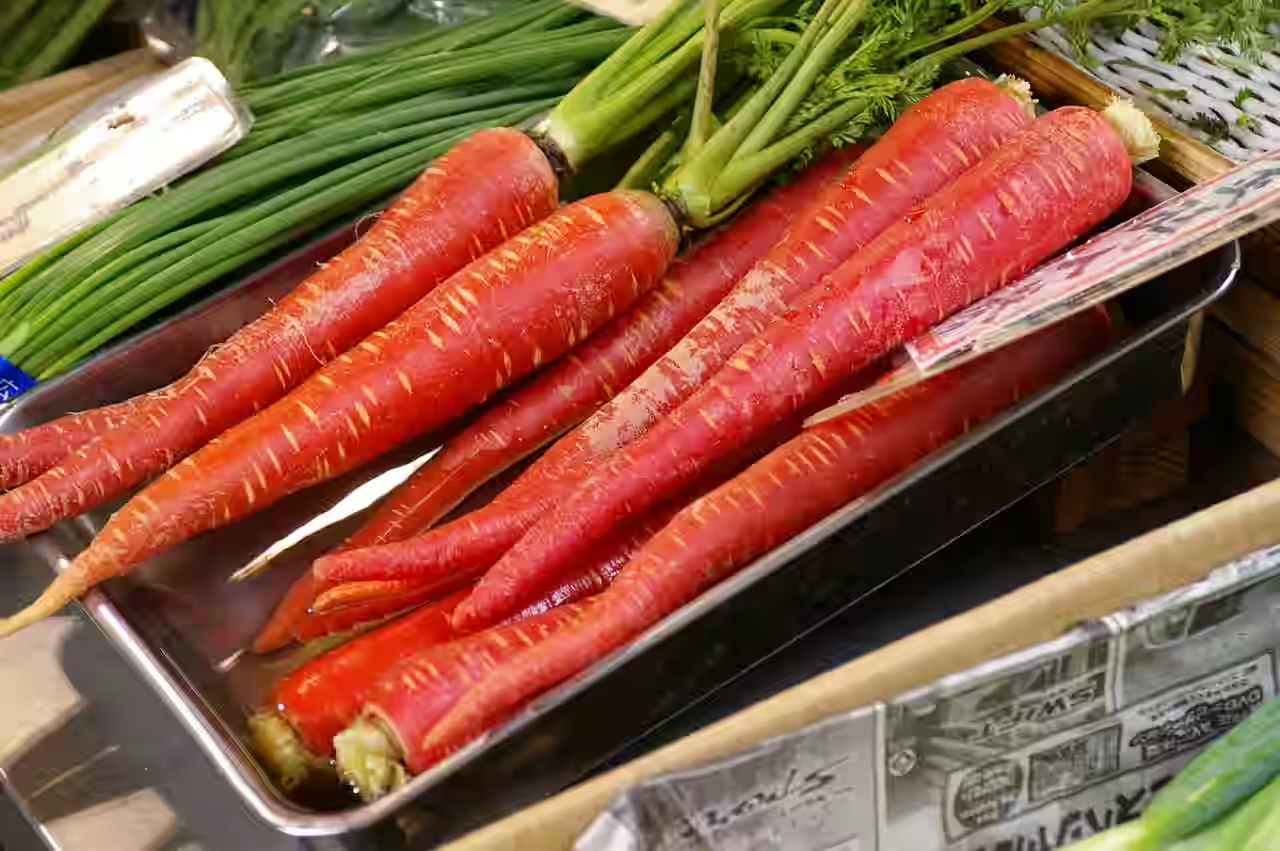
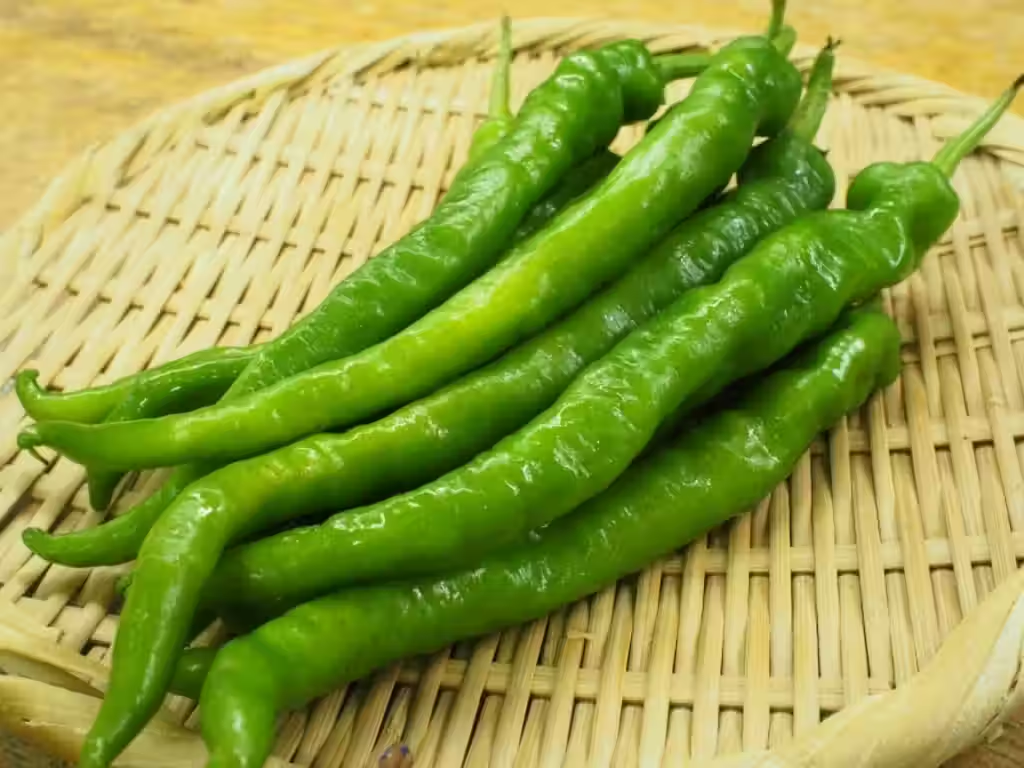
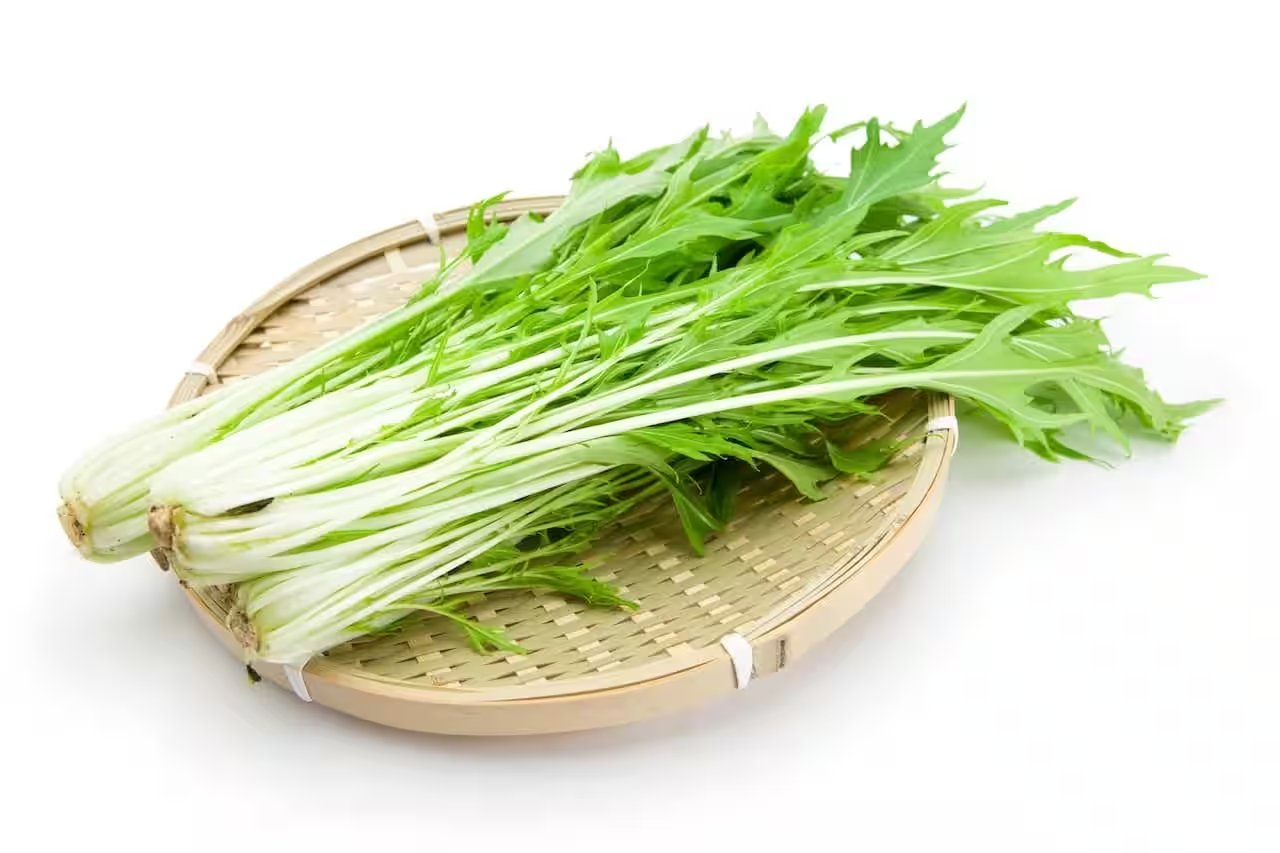

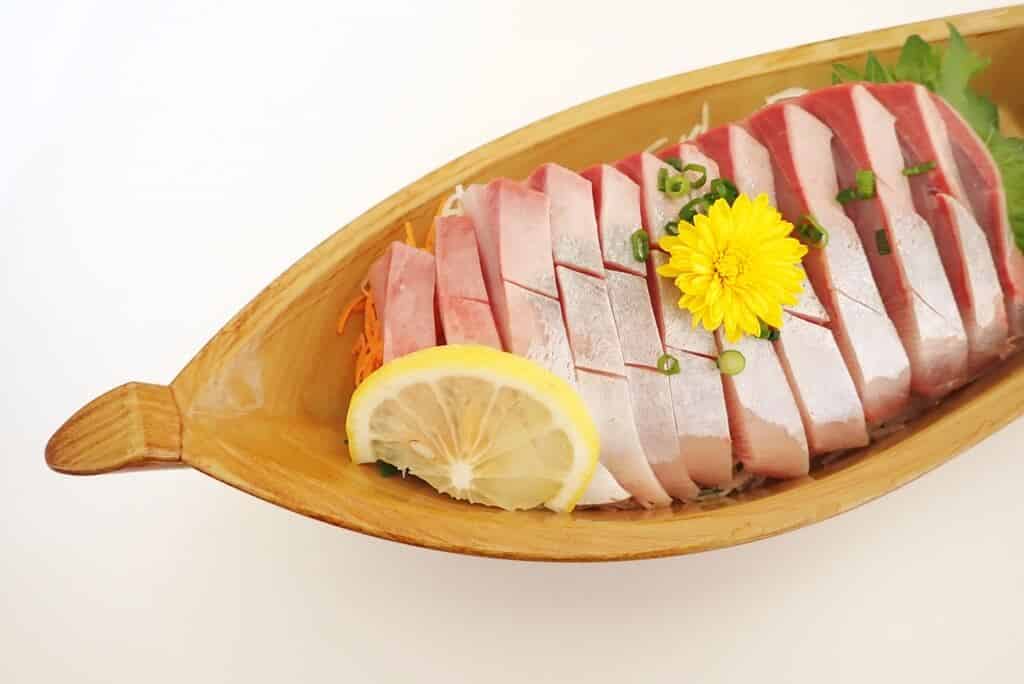
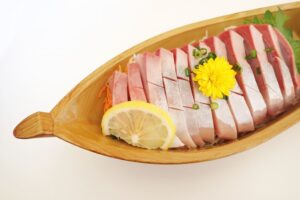



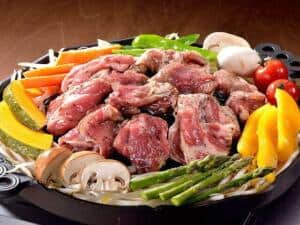
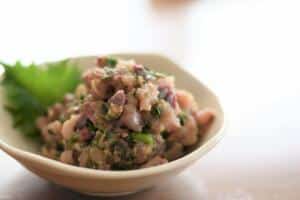
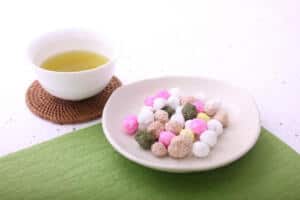
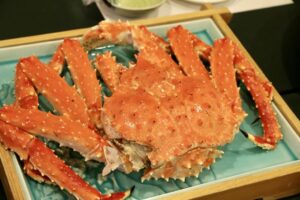
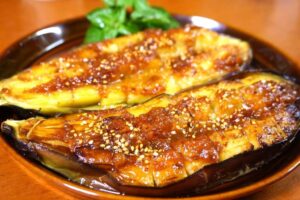
Comments